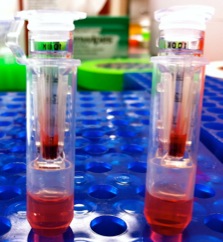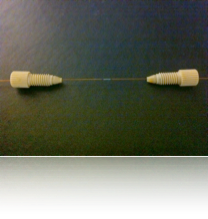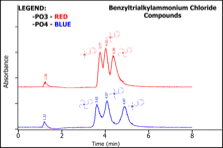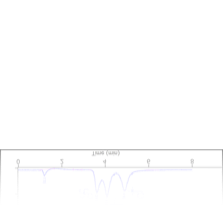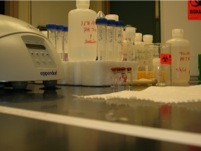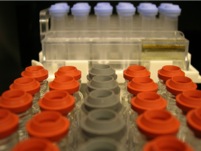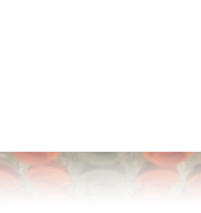
Anti-Doping Testing
Professional and amateur athletics have faced a constant challenge to the fairness of competitions in the form of performance enhancing drugs and substances. Part of our research aims to develop analysis methods that can improve upon the detection of doping agents as well as detect new or currently undetectable doping agents.
Our current focus is on blood doping and with a grant from the World Anti-Doping Agency, we are developing capillary electrophoretic separations for the detection of blood transfusions and hemoglobin based oxygen carriers. Blood transfusions are currently undetectable and believed to used by a number of endurance athletes to improve their performance in competition.
Nanofluidic Segmentation
The ability to sequester microliter to nanoliter volumes of sample in aqueous droplets surrounded by perflorinated carbon liquids has proved to be highly useful for chemical and biochemical analyses. A limitation to this however is the ability to extract the sample from these aqueous droplets for further extensive analyses. Our work is focused on both the controlled formation and manipulation of these aqueous droplets and the ability to seamlessly integrate this system into a separation system. We are focusing on the development of a system that will allow the delivery of aqueous droplets to a capillary electrophoresis system, allowing for the rapid and extensive analysis of the droplet contents.
Capillary Coatings
Capillary electrophoretic separations are often only successful when a proper coating is applied to the inside to the capillary surface. This coating can have a number of functions, from suppressing the adsorption of the analyte to the capillary surface to altering the effective charge and thus electroosmotic flow within the capillary. One of the aims of the group is to better understand how the additives and coatings that are used in capillary electrophoresis yield their respective results. Our goal to elucidate these functions to improve how coatings are designed and used. To this end we are examining a range of compounds including some unique phosphonium cations and polymers that have not been previously used as capillary coating agents.
Ion Chromatography
We are pursing the development of novel ion chromatography stationary phases as an alternative to the tradition ion exchange phases. Rather than approach the retention of ions through the process of ion exchange we are focused on investigating ion capture systems that rely on alternative mechanisms. Among these are the formation of stable complexes based on the physical size of the ions as well as hydrogen bonding properties. It is our desire to develop a retention system that is capable of providing the capacity and selectivity necessary for ion chromatography while moving away from the need for high ionic strength eluents and/or the use of suppressors. By developing a stationary phase whose retention can be altered thermodynamically the selectivity and sensitivity of ion chromatography can be greatly enhanced.
